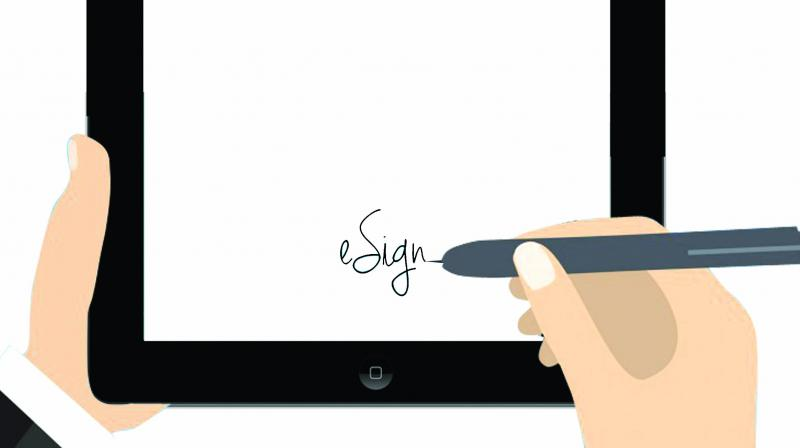Basic Guide to Website Navigation & User Experience

One of the most crucial features of a website is its navigation.
It’s clear to see why visitors care so much about navigation. It enables them to discover the information they’re looking for, such as a blog post or a product page, quickly and simply. It can also assist consumers in locating critical information that they were unaware they required, such as a price plan, an email signup page, or contact information.
As a result, navigation is a critical component of both the user experience and the website strategy. A navigation system that allows users to access material by searching and browsing can increase not only the length of time they spend on your site but also the likelihood of them taking action.
Let’s take a closer look at what website navigation is and the various methods you can use on your site to help you develop a navigation system that fulfills the needs of your visitors. You can seek guidance and services from experts at YourDigiLab.
What is navigation design?
The discipline of navigation design entails developing, assessing, and implementing methods enabling users to navigate across a website or app.
The way users interact with and use your products is heavily influenced by navigation. It’s the least frustrating route for your customer to move from point A to point B, and even point C.
Designers use a combination of design patterns, including links, labels, and other UI elements, to create these engaging encounters. These patterns provide useful information and make it easy to interact with items.
A well-designed navigation system can:
- Improve a user’s comprehension
- Give customers reason to trust your product.
- Assist a product’s credibility
The optimal navigational design encourages usability. Poor navigation will lead to fewer users using your product which is why navigation is so important in user experience design.
When it comes to maximizing the user experience, navigation design is complicated, and there are various design patterns to select from. A design pattern is a solution to a problem that is generic and reusable.
There’s no reason to believe that one pattern is superior to another. Each pattern you use in your product must be carefully planned and thoroughly evaluated before being implemented.
This guarantees that the navigation pattern you’ve chosen is appropriate for both your product and, more crucially, your users.
Types of Website Navigation
On a website, navigation is one of the most critical design elements, if not the most crucial. It determines whether visitors stay on your homepage and browse or leave by clicking the “Back” button.
Your website navigation structure is determined by your target audience and the format you believe would be most intuitive and accessible to them. Let’s take a look at a couple of the most frequent methods of website navigation.
● Horizontal Navigation Bar
The most frequent style of the navigation menu is the horizontal navigation bar. It is located in the website header and lists the side of the key page by side. Because visitors expect to see sections like “About,” “Products,” “Pricing,” and “Contact,” many websites include these. These parts, however, will not always be the most useful to users on all websites.
● Footer Navigation Menu
A horizontal navigation bar is usually paired with — and expands upon — a footer menu. If a visitor can’t locate the link they need in the header, they can scroll to the bottom of the page for other possibilities.
The New York Times’ horizontal navigation menu at the top of the page features 19 links. Its footer menu contains approximately 50 links majority of which are organized under one of the primary navigation menu categories. This provides quick access to sub-categories of the most popular sections on the website.
● Hamburger Navigation Menu
In mobile site design, the hamburger menu is the most common. On larger screens, the menu items are generally shown horizontally.And on smaller screens, they collapse beneath a hamburger button. The navigation links display in a vertical drop-down or horizontal pop-out when visitors click on this three-line symbol. This style is suitable for mobile apps or websites with little real estate.
● Dropdown Navigation Menu
Dropdown navigation menus are perfect for sites with a complex IA and a lot of content. You can’t put all of your page links side by side in your navigation bar since it would either look cluttered or impossible to fit them all horizontally. Rather, include the most significant or general items in the top-level navigation bar and the rest in a dropdown menu.
Sephora is an excellent example because it provides a wide range of items and services. When you hover your mouse over any of the company’s key navigation links, a thorough dropdown menu appears. All of the categories for that section of the site will be available in the dropdown menu.
Recognize the Link Between Navigation and User Experience on a Website
The usability and attractiveness of your website are referred to as user experience. You want everyone who comes to your website to have a wonderful time.
The user experience is influenced by many areas of web design and development:
- Colors, fonts, and images
- CTAs and headlines
- Contact information is readily available.
- Page load time
- Form design
Website navigation is one of the most important elements to consider because it doesn’t matter how lovely your web form is if visitors can’t locate it.
Visitors can easily navigate from one page to the next using the website navigation. If you’ve done your job properly, visitors will leave your site intending to return, and they may even purchase something from you or subscribe to your email list.
People visit a lot of websites every day, so they have plenty of options for finding what they’re looking for. They won’t bother if you don’t provide a clear website navigation menu, breadcrumbs, and other ways to explore your site.
Conclusion
There’s a lot that goes into navigation design, and getting it well usually means it goes unnoticed.
You’ll be able to develop a unified and consistent user experience that your users will like by harmonizing your user goals, content strategy, and navigation design.
Author Bio
“Robert Kevin is a seasoned digital marketer at YourDigiLab, having years of experience in promoting and marketing top brands. His experience working in tough market conditions sets him apart. He can read the current market trends and come up with strong strategies accordingly.”






